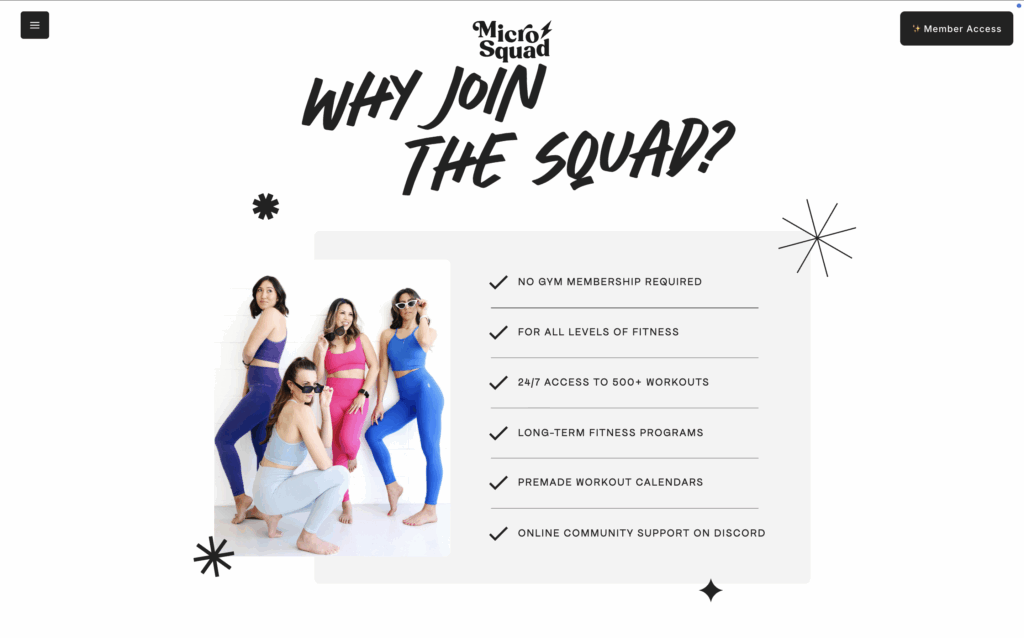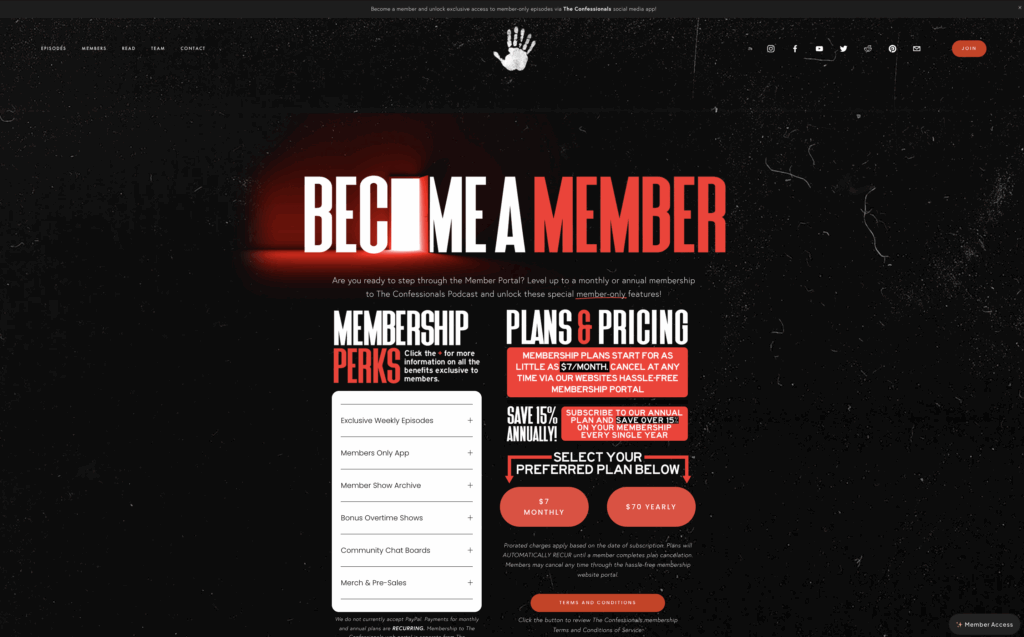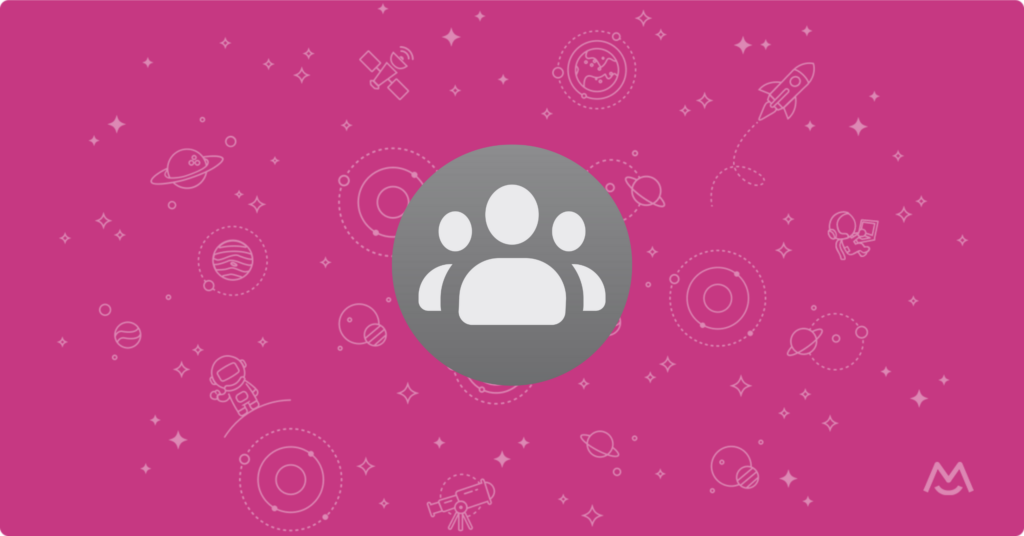If you’re a creator or entrepreneur, you already know how important it is to have an audience. But here’s the truth a lot of people miss: an audience alone isn’t enough.
Followers can scroll past. Algorithms can change. Email open rates can dip.
What really lasts is a community.
And I don’t mean that in some fluffy “community is everything” way. I mean it literally: building an online community is the foundation of a sustainable business. Whether you’re growing around a podcast, a newsletter, a membership, or even a social media page, the real long-term value comes from turning casual followers into people who feel connected — not just to you, but to each other.
That’s when you shift from “I have an audience” to “I have a business.”
In this post, we’ll break down the main types of online communities, share real-world examples, and talk through how you can monetize whichever type feels right for you.
What Exactly Is an Online Community?
Let’s get clear on this before we dive in.
An audience is one-way. You create content, they consume it. That’s your Instagram followers, your podcast listeners, your newsletter subscribers.
A community is two-way (and sometimes three-way). People don’t just tune in to you — they connect with each other. They share experiences, ask questions, cheer each other on, and feel like they belong.
That shift is powerful. It’s what turns your work from “content” into connection. And it’s also what makes your business more resilient, because communities stick around long after algorithms or platforms change.
The Main Types of Online Communities
There’s no one-size-fits-all here. The best type of community for you depends on your content, your audience, and your goals. Let’s walk through the most common types, with examples of how creators are making them work.
1. Interest-Based Communities
Some of the most vibrant online spaces are built around a shared passion or lifestyle. Fitness. Photography. Gaming. Wellness. The list goes on.
The beauty of these communities is simple: people aren’t just showing up for information — they’re showing up because they want to connect with others who get it.
Take Sam’s Micro Squad. It’s a fitness membership that includes a private Discord server. Sure, members join because they want workout plans and training tips. But what keeps them coming back week after week is the camaraderie — the accountability partners, the cheerleaders, the friends who know exactly what it feels like to push through that last rep.
And that’s the magic of interest-based communities: they turn something as personal as a fitness journey (or a hobby, or a lifestyle) into a shared experience.
If you’re a creator, here’s where the opportunity lies:
- Share exclusive content like training plans, recipes, or tutorials.
- Run group challenges that keep people motivated.
- Offer premium coaching or small group sessions for those who want extra support.
You don’t need thousands of people to make this work. Even a small, tight-knit group can become the foundation of a thriving membership.
2. Content-Driven Communities
This one’s especially relevant if you’re a podcaster, newsletter writer, or blogger. Your content already attracts a loyal audience. With the right setup, you can turn that audience into a thriving community.
Take The Confessionals Podcast. It explores true stories of unexplained phenomena. But they didn’t stop at publishing episodes. They built The Confessionals Social Network — a private membership app where fans can:
- Create their own profile
- Join groups
- Engage in chat rooms
- Send private messages
- Unlock exclusive member-only episodes
That’s a textbook example of moving from “listeners” to “community members.”
And the monetization opportunities are endless: paid subscriber tiers, bonus content, behind-the-scenes access, private chats, live Q&As.
These communities are all about career growth, small business support, or industry networking. They’re especially powerful for entrepreneurs, freelancers, and creators who often work solo.
Take Abagail’s The Co-Op. It’s a membership for small business owners, including a private Slack community. Inside, members connect with peers, share resources, and learn from each other’s wins (and mistakes).
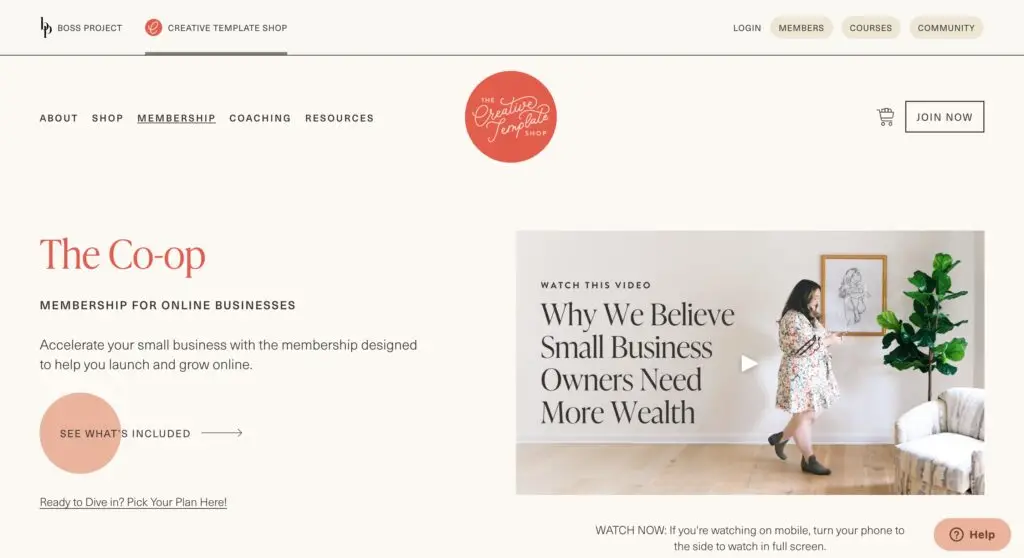
The real value here isn’t just the content — it’s the access. Members get to be part of a group of like-minded professionals they wouldn’t otherwise meet. That kind of peer support is priceless when you’re building a business.
And from a monetization perspective, professional communities are gold. You can:
- Host masterminds or roundtable discussions.
- Run workshops with guest experts.
- Offer exclusive job boards, templates, or business tools.
When done well, these communities become the go-to space for industry insiders — and that’s something people are willing to pay for.
4. Educational & Skill-Building Communities
If you’re teaching something — marketing, photography, coding, cooking — an educational community might be your sweet spot.
For example, The Social Broker built a membership that includes a private Facebook group. Members get access to coaching, guest speakers, customizable templates, and workshops. It’s part community, part classroom, part resource library.
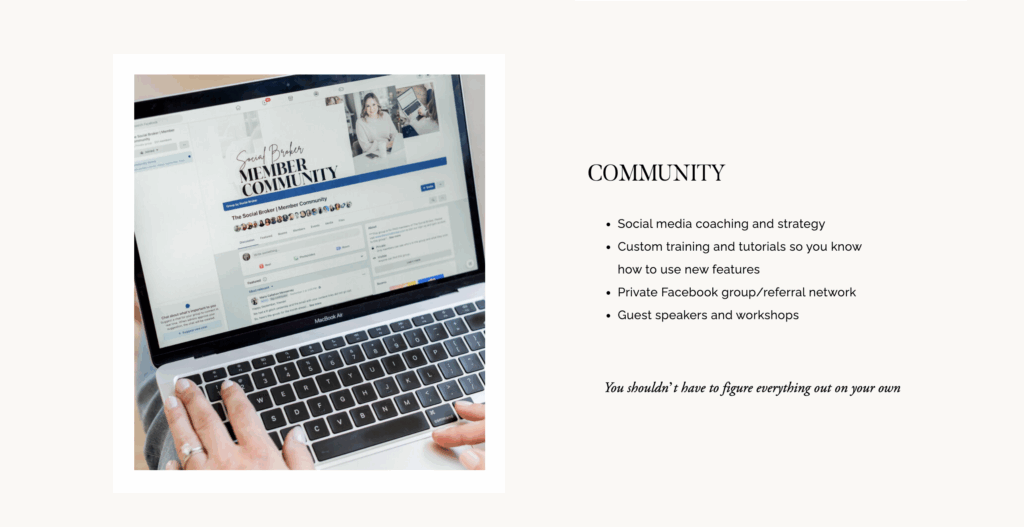
People don’t just learn from you — they learn from each other. And that creates a much stickier experience than a standalone course.
Monetization options are wide open:
- Tiered memberships (basic vs. all-access).
- Bundled resources (courses, templates, guides).
- Live training sessions or office hours.
If you’ve ever thought, “I don’t just want to teach, I want to build something ongoing,” this is the model for you.
5. Support Communities
Not every community is about learning or networking. Some are about support.
These are the safe spaces where people come together around a shared challenge or life stage. Think wellness groups, parenting communities, or accountability spaces for mindset and personal growth.
The value here isn’t in the content — it’s in the connection. Members join because they want to feel understood and supported by people walking the same path.
And while support communities can feel less “business-y,” they’re still highly monetizable. You might:
- Offer group coaching or facilitated sessions.
- Create private forums or chat spaces.
- Run accountability programs or progress-tracking tools.
For many members, that sense of belonging is worth far more than another course or PDF.
6. Product & Brand Communities
Some communities form around a product or service itself. These are especially common in SaaS, e-commerce, or consumer products.
Think of Apple’s user forums or Notion’s online community. Customers come together to share tips, provide feedback, and help each other get more out of the product.
If you run a business like this, creating a community can:
- Cut down on support tickets (because members help each other).
- Build loyalty (because people feel invested in your product).
- Create upsell opportunities (premium support, early access, exclusive events).
In other words: your product might be the hook, but the community is what keeps people sticking around.
7. Hybrid Communities
Most thriving communities are hybrids.
A fitness creator might combine interest-based content (workouts) with educational resources (nutrition guides) and support (accountability groups). A podcaster might mix content-driven discussions with networking opportunities.
Hybrids allow you to serve your members in multiple ways — and they give you flexibility to grow.
Monetization here often looks like:
- Membership tiers (basic, premium, VIP).
- Bundled offers (community + courses + events).
- “All-access passes” for members who want everything.
How to Choose the Right Type for Your Audience
So which type should you build?
Start with a few simple questions:
- What do your followers already come to you for?
- Do they crave connection, learning, accountability, or support?
- Where do they already spend their time (Slack, Discord, Facebook, etc.)?
And here’s the good news: you don’t have to get it perfect from day one. Many creators start small — maybe with a private chat group — and expand into a hybrid model as their community grows.
Think of it as an experiment. You’ll learn what your people truly want by building alongside them.
How to Monetize Any Community with MemberSpace
No matter which type of community you choose, the key is making it sustainable. That’s where MemberSpace comes in.
With MemberSpace, you can:
- Sell access to private spaces (Discord, Slack, Facebook, or even your own website).
- Offer different membership tiers to fit different budgets.
- Bundle perks like workshops, coaching, templates, or bonus content.
And the best part? You don’t need to be a tech wizard. MemberSpace handles the heavy lifting so you can focus on what you do best — serving your community.
Just look at the examples we covered:
- Sam’s Micro Squad (fitness + Discord).
- Abagail’s The Co-Op (small business + Slack).
- The Social Broker (education + Facebook group).
- The Confessionals Podcast (content-driven + private app).
Each one uses a different type of community, but the common thread is this: they’ve figured out how to monetize their audience while delivering real value.
Final Thoughts
Online communities come in all shapes and sizes. Some are built around passions, others around professions, and others around content. The right one for you depends on your audience and your goals.
But here’s what’s true across the board: you don’t need a massive following to start. You just need clarity on the type of community you want to build — and the right tools to make it happen.
Want more strategies like these? Sign up for Membership Blast, our free newsletter, and we’ll send you biweekly tips to help you grow and monetize your online community.

